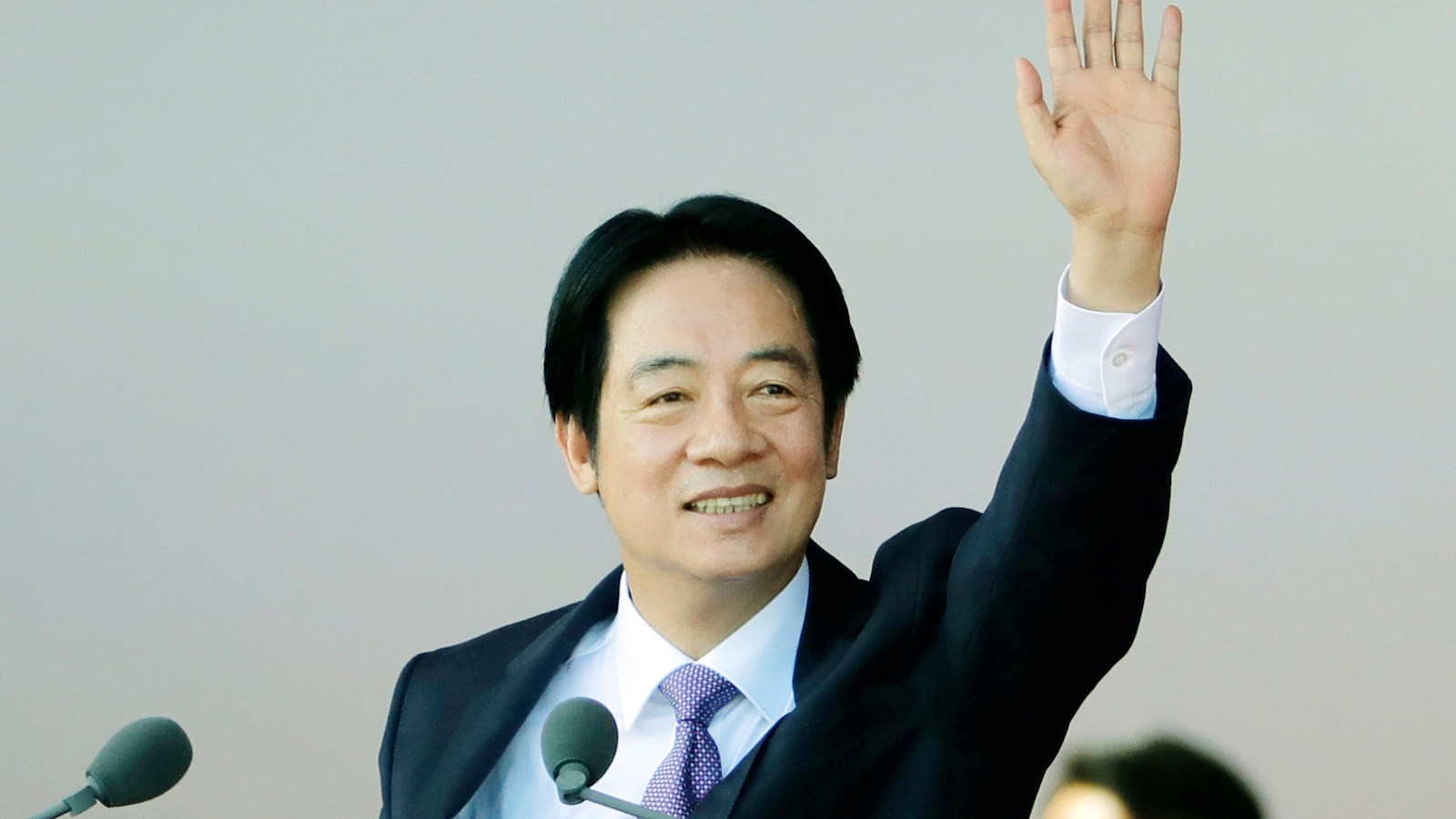TAIPEI, Taiwan — TAIPEI, Taiwan (AP) — Taiwan will accelerate the building of a “Taiwan Shield” or “T-Dome” air defense system in the face of the military threat from China, its leader said Friday.
President Lai Ching-te also pledged to raise defense spending to more than 3% of GDP and to reach 5% by 2030. GDP, or gross domestic product, is a measure of the size of the overall economy.
“The increase in defense spending has a purpose,” he said in an address to an outdoor crowd on Taiwan National Day. “It is a clear necessity to counter enemy threats and a driving force for developing our defense industries.”
Taiwan is a self-governing island off China’s east coast that the Chinese government claims as part of its territory and says must come under its rule.
Lai called Taiwan a “beacon of democracy” in Asia, drawing a distinction with China’s one-party state.
“Democratic Taiwan … will strive to maintain the status quo, protect peace and stability in the Taiwan Strait, and promote regional prosperity and development,” he said from a large stage set up in front of the early 20th-century presidential office building.
Most of his speech focused on economic issues, including Taiwan’s response to the high tariffs that President Donald Trump has imposed on exports to the United States this year.
The government has launched a 93 billion New Taiwan dollar ($3 billion) plan to help companies, workers and those in farming and fishing who are affected by the tariffs.
“We will also actively engage in reciprocal tariff negotiations with the U.S. to secure a reasonable rate,” Lai said.
Without mentioning Trump, he said America’s tariffs have added to the challenges already facing the world — namely the Russia-Ukraine war, the turmoil in the Middle East, and China’s continued military expansion.
The Chinese military regularly sends fighter jets and warships into the skies and waters off Taiwan and has staged major military exercises in the area in recent years.
Lai said his government would establish a rigorous defense system with high-level detection and effective interception capabilities.
His use of the phrase “T-Dome,” short for Taiwan Dome, was an apparent reference to the Iron Dome system that Israel has developed.
Taiwan’s Defense Ministry said in a report this week that it is training soldiers to shoot down drones and looking to procure anti-drone weapons systems in response to China’s expanding development and use of military drones.
Taiwan, home to 23 million people, operates independently but has not declared formal independence, which would risk provoking a Chinese military response.
Chinese authorities issued a public warning Friday to a Taiwanese company it accused of spreading disinformation and Taiwan independence and separatist fallacies.
The Ministry of State Security posted the names and pictures of three individuals linked with the company, WangShi Art & Design. No one answered at a publicly listed number for the company, and it did not respond immediately to an email request for comment.
The United States, like most countries, does not recognize Taiwan as a country, but it supplies the government with military equipment for its defense and opposes any use of military force by China to settle its dispute with Taiwan.
The dispute dates to 1949, when China and Taiwan split during a civil war that brought the Communist Party to power in China. Defeated Nationalist Party forces fled to Taiwan, where they set up their own government.
Taiwan’s Oct. 10 national day marks the anniversary of a 1911 uprising in China that led to the fall of its last imperial dynasty. It comes nine days after China’s national day on Oct. 1, when communist revolutionary leader Mao Zedong declared the founding of the People’s Republic of China in 1949.
___
Moritsugu reported from Beijing. Huizhong Wu in Bangkok contributed to this report.
